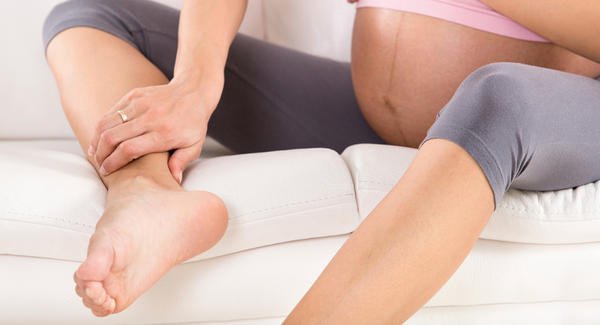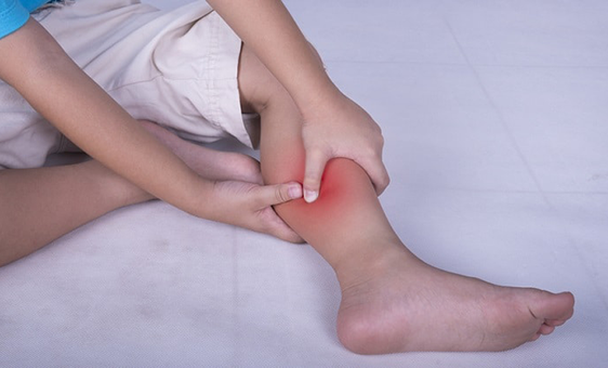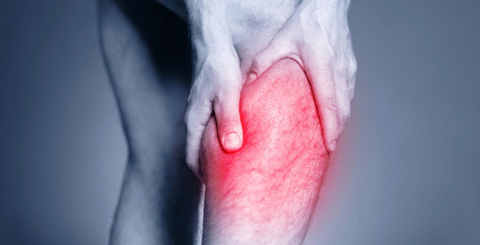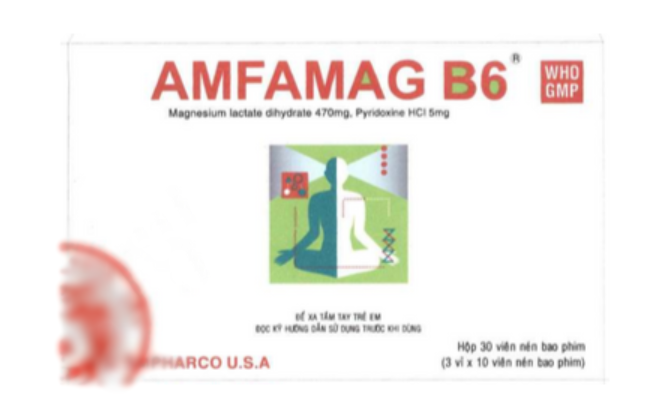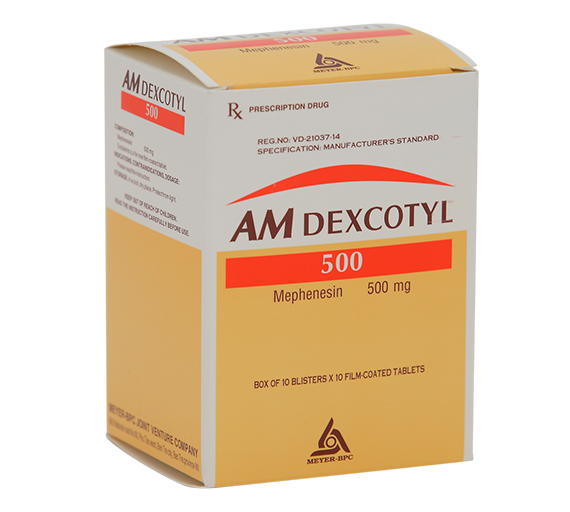Be very wary of cramps when swimming
This is an automatically translated article.
Swim cramps are a very dangerous phenomenon. This phenomenon reduces the ability to swim, more seriously can cause swimmers to drown. Cramps can happen to anyone, even those who are good at swimming. The following article will help us better understand the phenomenon of swimming cramps.
1. What are cramps?
A sudden muscle spasm is called a cramp. This is an unwanted phenomenon and causes people to have severe pain in the muscles, making it more difficult to move.
Cramps are often found in the knees and ankles, but can also occur in the thighs, hips, hands, feet, abdominal muscles....
Cramps can occur in all ages age, but the subjects most often this phenomenon occurs are people who regularly play sports and the elderly.
2. Why is it easy to get cramps when swimming?
Some of the main causes of cramps when swimming include:
Before swimming, do not warm up properly; Using excessive force when swimming; The body does not have enough calcium. When swimming in water, especially when the temperature drops, cold water causes our body to lose heat quickly. To generate internal heat and maintain the core temperature, the body begins to shiver. The temperature regulation mechanism is activated by the hypothalamus, causing the vessels that supply blood to the extremities to begin to constrict to avoid heat loss from the major organs. This leads to the limbs being deprived of oxygen, in low temperature, cold water conditions, it is very easy to cramp when swimming.
When exercising, if you try too hard, sweating too much (dehydration) also makes you prone to cramps.
When swimming, the toe stretch causes all the leg organs to form a tight stretch from calves to toes. Keeping your feet in such a position when swimming is also the reason why you are prone to cramps when swimming.
Swim cramps are very dangerous because the pain caused by the cramp can make you less able to swim, more serious can cause you to drown.
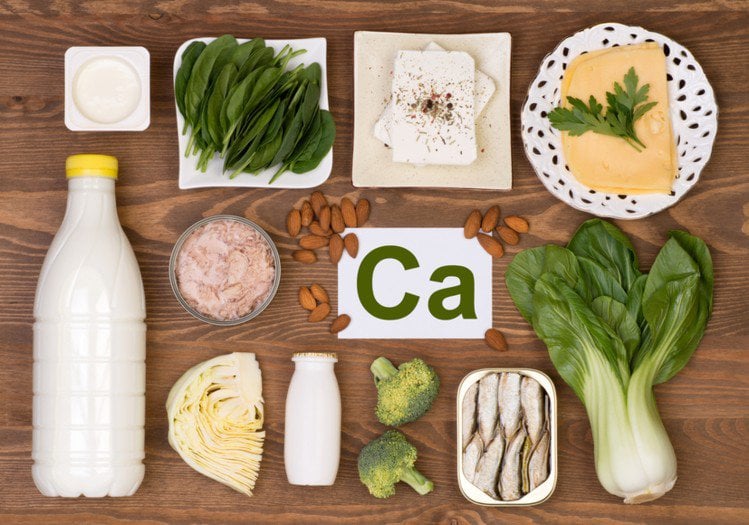
Cơ thể không được cung cấp đủ canxi là nguyên nhân chính dẫn đến chuột rút khi bơi
3. Subjects prone to cramps when swimming
Objects prone to cramps when swimming include:
New swimmers: If swimming technique is not good, when entering the water, because there is no good balance on the water due to poor buoyancy, you will have to step on your feet. very strong and has to bend the knees a lot. This takes a lot of effort, puts extra strain on your leg muscles, and makes you more prone to cramping while swimming. If you swim in cold water, cramps are more likely to occur.
People who do not often swim: The fact that you only go swimming once in a while makes your body have to work a lot to stay afloat. In particular, bodybuilders are more prone to cramps because of heavy muscle mass, so the body is easy to sink. Therefore, having to exercise a lot to float makes the body quickly tired and prone to cramps.
Older people: This subject is often sedentary, so this is the reason why older people are more prone to cramps. The muscles in the elderly do not contract quickly and efficiently, especially during sudden physical activity. The muscles cannot respond to sudden changes in exercise or temperature, leading to foot cramps. Besides, subjects with diabetes, strong heart often have peripheral artery disease, which reduces blood flow to the legs, leading to cramps when swimming.
People who practice with high intensity: Because the body has not yet adapted to a large amount of exercise and because lactic acid is stagnant when swimming at high intensity, it makes you prone to cramps when swimming.
Besides, cramps also happen to people who have not properly assessed their swimming ability. They try to exert too much force, making the muscles weak, have poor stamina, and can't cope with the sudden increase to overcome the resistance of the water. This leads to a lack of oxygen that makes swimmers more prone to cramps.
4. How to prevent cramps when swimming
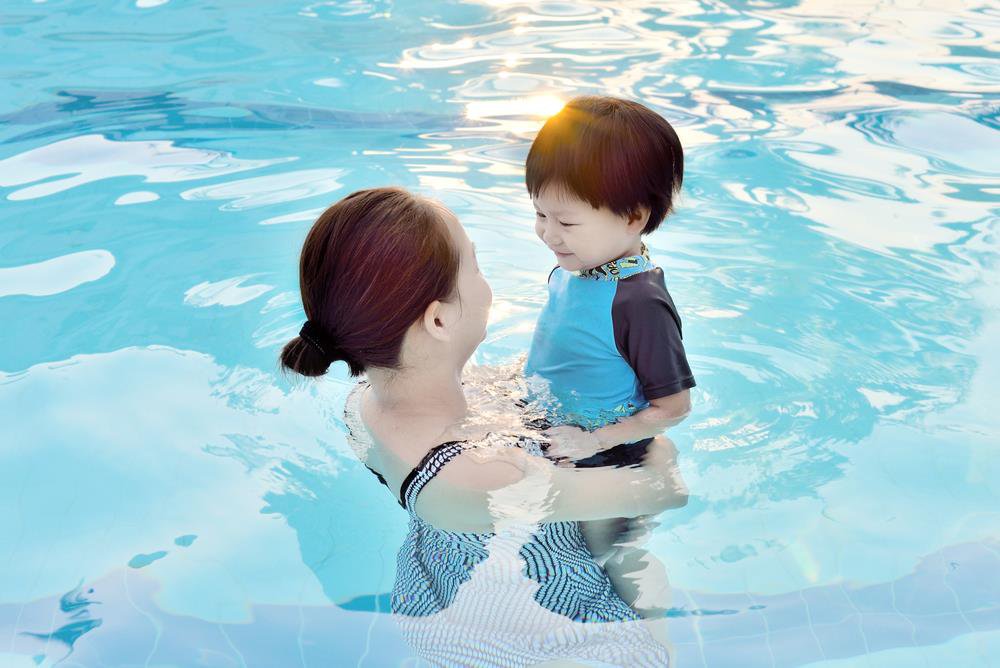
Người mới học bơi dễ bị chuột rút khi bơi
Before going swimming, you need to warm up carefully, especially when it's cold, the water is cold. When it's hot, you should drink enough water. Warm up muscles and joints with varying intensities. Should run short distances, change quickly and return to equilibrium. Continue to warm up the cervical vertebrae, hip joints, knees, ankles, toes..., move the joints clockwise and vice versa; Do not swim in deep water if your swimming ability is limited, do not wear a propeller to swim quickly because the propeller makes you need to increase your toe posture, making you more prone to cramps when swimming. ; Once your body has adapted to the water environment, you need to coordinate gently, accurately and comfortably while swimming. Do not swim too far, avoid whirlpools or fast currents. When the body is tired, the swimming movements are not coordinated, you need to slow down and gradually swim to the shore, do not try to continue swimming, otherwise you are easy to get cramps or cold secondary; For people with diabetes or cardiovascular disease, it is best not to practice swimming; For swimmers, those who practice intensely, need to stretch before and after exercise, always have a water bottle nearby to rehydrate when needed; For the elderly, before swimming must have a general health check; After swimming, you need to rest for 10-15 minutes and then take a bath with warm water, continue to stretch your muscles so that the muscles are not tight. Cramps when swimming is a common phenomenon, it not only affects health but also threatens life. Therefore, we need to equip ourselves with swimming skills as well as knowledge to handle possible incidents while swimming to avoid unexpected things that may happen.
Please dial HOTLINE for more information or register for an appointment HERE. Download MyVinmec app to make appointments faster and to manage your bookings easily.
This article is written for readers from Sài Gòn, Hà Nội, Hồ Chí Minh, Phú Quốc, Nha Trang, Hạ Long, Hải Phòng, Đà Nẵng.

